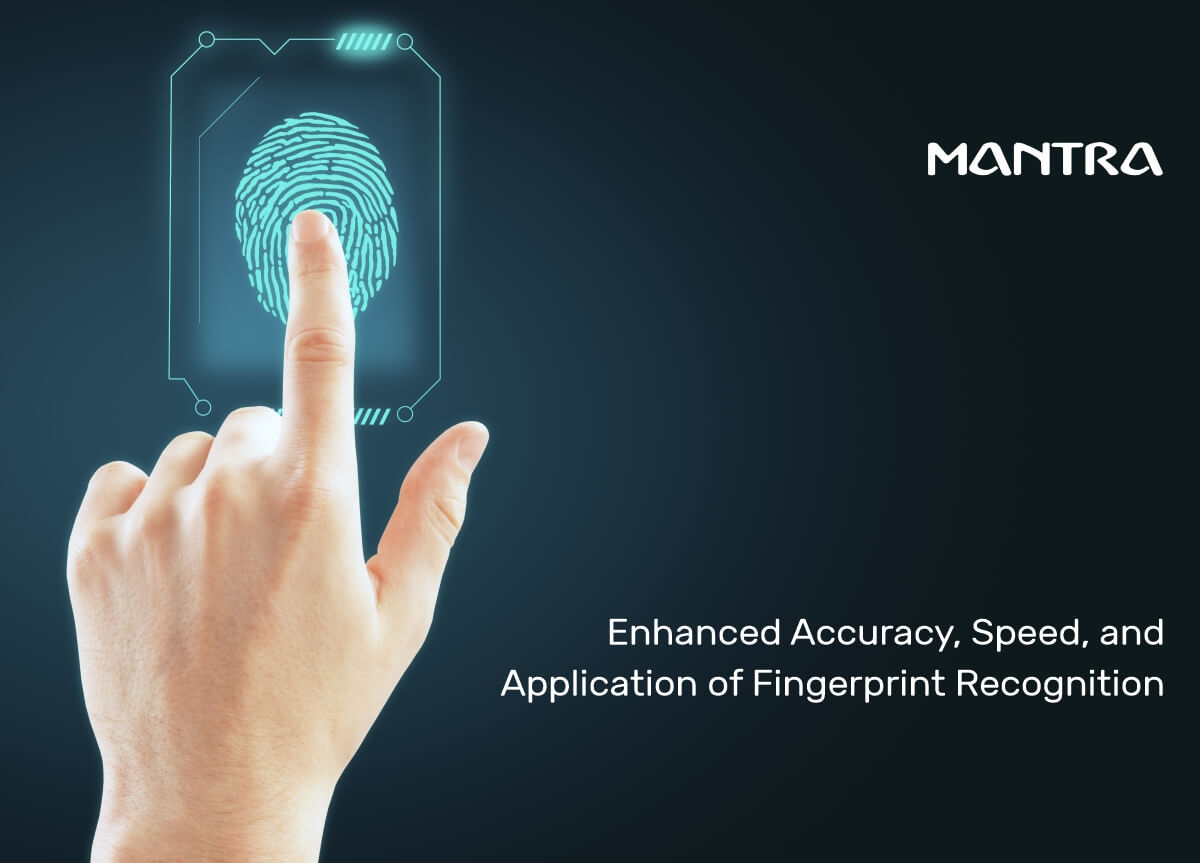
Innovations and future prospects in fingerprint recognition technology
In recent decades, the advancement of information and communication technology has led to significant improvements in fingerprint recognition technology. In the past several years, algorithmic and machine learning advances have contributed greatly to improving fingerprint matching and reducing the rate of false acceptance and rejection, thus improving the reliability and efficiency of this identification technology across a broad range of fields.
1.Machine learning algorithms such as convolutional neural networks (CNNs) and deep learning architectures enable fingerprint recognition to achieve unrivaled accuracy. The algorithms capture intricate fingerprint patterns accurately, reducing the chances of false acceptances (FAR) and false rejections (FRRs).
2.Optimized algorithms and high-speed hardware: Recent hardware improvements have enabled high-speed processing with optimized algorithms. Fast feature extraction and matching are possible with parallel computing architectures such as GPUs and FPGAs, enabling real-time identification.
3.Multi-modal biometrics fusion and texture analysis are two robust anti-spoofing measures included in fingerprint tech. As a result of combining multiple biometric traits, it effectively prevents presentation attacks and ensures fingerprint authenticity.
4.A large-scale fingerprint database can be efficiently managed with advanced indexing algorithms. The algorithms ensure that large amounts of data are searched and retrieved rapidly, even when billions or millions of records are involved.
5.Seamless integration with mobile devices leverages embedded hardware, such as secure elements and trusted execution environments. Using this method ensures user privacy by allowing template matching, extraction, and secure storage on the device without requiring constant communication with the server.
6.With state-of-the-art contactless technologies, such as ultrasound or multispectral imaging, fingerprints can be captured accurately without any physical contact. It can be used in healthcare, access control, and public kiosks while addressing hygiene issues.
7.Modern systems are equipped with enhanced sensors that are adaptive to environmental factors, ensuring consistent performance regardless of temperature, humidity, or fingerprint quality.
8.Using multiple biometric modalities together enhances accuracy and anti-spoofing capabilities in high-security applications.
9.Integration with multiple systems and privacy-enhancing techniques such as template protection and secure key management are enabled by robust SDKs and APIs.
10.Faster, more efficient, and compact fingerprint recognition devices have been made possible by advances in hardware and software, which include fingerprint processors, sensors, firmware, and algorithms.
It is possible to overcome current limitations with fingerprint recognition technology in the future. A particular focus of the research is on anti-spoofing techniques, algorithms leveraging artificial intelligence and deep learning, as well as flexible, transparent sensors that can integrate seamlessly into various surfaces and devices. Technological advancements continue to revolutionize a variety of industries and daily interactions as it evolves.
Comments